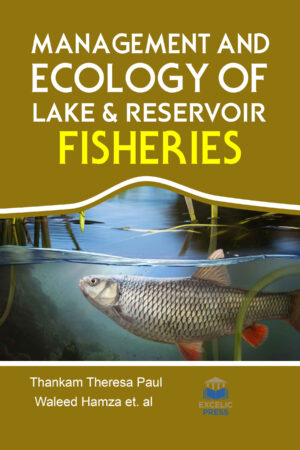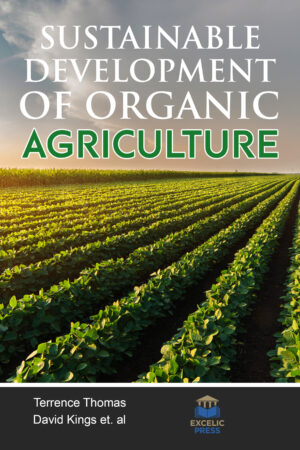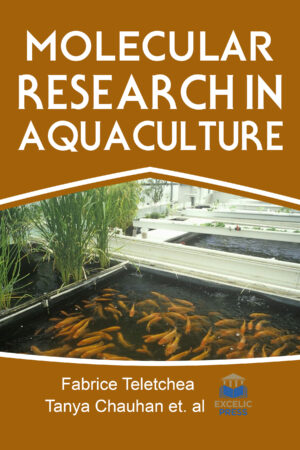Description
Canopy structure is an emergent property of multiple underlying ecological factors operating at multiple spatial scales. In forested ecosystems, the density and spatial arrangement of vegetation, or canopy structure (CS), imposes strong controls on many scale-dependent ecosystem functions. Loss of forest canopies undermines world water and carbon cycle security and results in diverseness loss. How ecophysiology and plant-emitted volatile organic compounds impact atmospheric composition is poorly known. A global system of large-scale, versatile canopy access facilities is necessary and emerging.
With global research networks and databases, and new technologies and infrastructure, this book envisages rapid advances in our understanding of the mechanisms that drive the spatial and temporal dynamics of forests and their canopies. Such understanding is important for the roaring management and conservation of worldwide forests and therefore the scheme services they supply to the planet. In succeeding chapters, this book focuses on: the effect of vertical canopy architecture on transpiration, thermoregulation and carbon assimilation; forest canopy height estimation using multiplatform remote sensing dataset; rapid assessment of forest canopy and light regime using smartphone hemispherical photography; accuracy of kinematic positioning using global satellite navigation systems under forest canopies; impact of canopy openness on spider communities: implications for conservation management of formerly coppiced oak forests; edge effects of oil pipeline canopy openings on tree community structure and dynamics in a Montane Atlantic forest.
It also critically examines does linear canopy openings in a lowland Atlantic tropical forest cause edge effects on seedling communities? Trace metals in the environment originate mainly from metal refining, fossil fuel combustion, automotive exhaust emission, and other human activities. An increasing number of studies have demonstrated that trace metals mainly exist as particles in the atmosphere and can enter in natural regions with low human disturbance through atmospheric circulation. So, it highlights that forest canopy can efficiently filter trace metals in deposited precipitation in a subalpine spruce plantation. Presenting a wide variety of topics on the ecosystem in forest canopies, this book will appeal to the students, scientists, researchers, and other stakeholders associated with the subject area.





